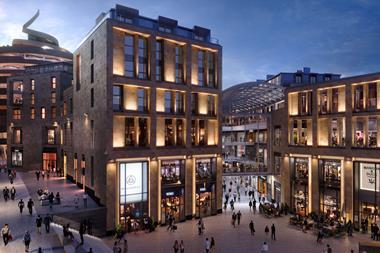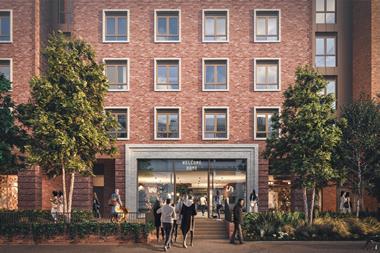The £1.6bn sale of the Trafford Centre is set to shake up the shopping centre world
We don’t normally write about the retail property investment market, on the basis that who owns a shopping centre shouldn’t affect retailers’ businesses on a day-to-day level. But last week’s £1.6bn sale of the Trafford Centre to Capital Shopping Centres is a massive deal which will have a major effect.
Trafford is an extraordinary shopping centre. Its eccentric baroque design is shopping centre Marmite, but there’s no doubt it pulls in the shoppers and does very well for retailers. It is also a well-run and innovative scheme - the only out-of-centre development to have a Selfridges store for instance - and despite the twin pulls of Manchester and Liverpool city centres, has continued to do the business.
A lot of that is down to John Whittaker, the very private individual whose company Peel Holdings developed the scheme. It was Whittaker who saw the opportunity to develop the scheme and following a long planning battle he built it into one of the UK’s leading out-of-town centres, making himself a huge fortune into the bargain. If the deal goes through, Whiitaker will join CSC’s board, an unusual step for one who has shunned the limelight for so long, but undoubtedly a big extra talent to join the board of the company which also owns the Metro Centre and Lakeside as well as the Arndale Centre in central Manchester.
The big unknown is what US shopping centre owner Simon Property Group will do. Simon has subsequently emerged as a potential bidder for CSC and while there’s no certainty it will succeed, Simon is one of the world’s biggest shopping centre REITs and its arrival in the UK could have the same impact as Westfield has should it end up buying CSC.
Talking of which, the past week has also seen Westfield buy out the half-share in its Derby centre that it doesn’t already own while selling a half-share of its Stratford development in London, while British Land has bought Drake Circus in Plymouth.
What does all this mean for retailers? What it means is that in spite of the growth of online and the difficulties there have been in the property market, investors see a positive future for the UK’s top shopping centres. While lesser locations might struggle, prime centres are already recovering, and that’s a trend that’s likely to continue.


























1 Reader's comment